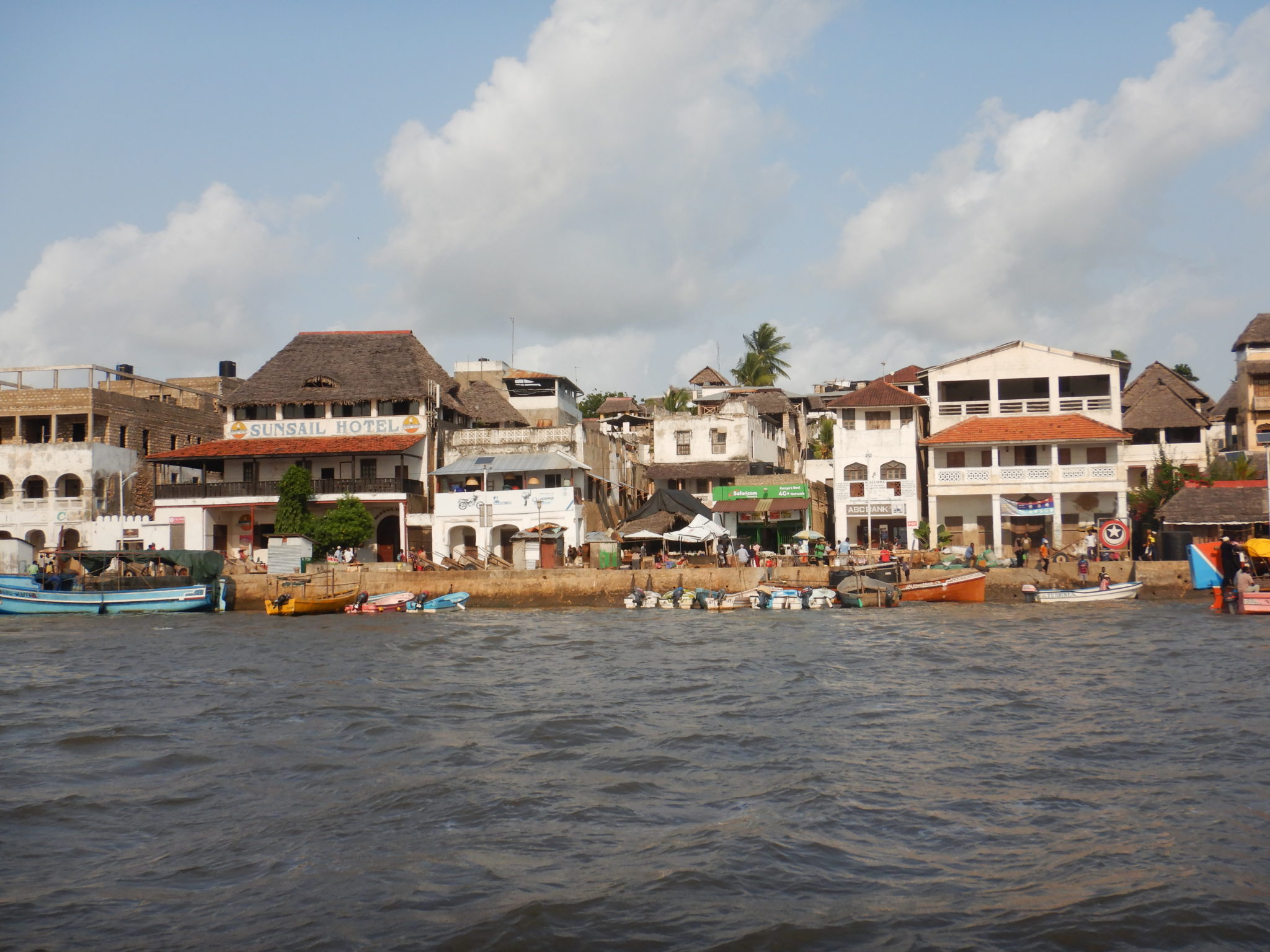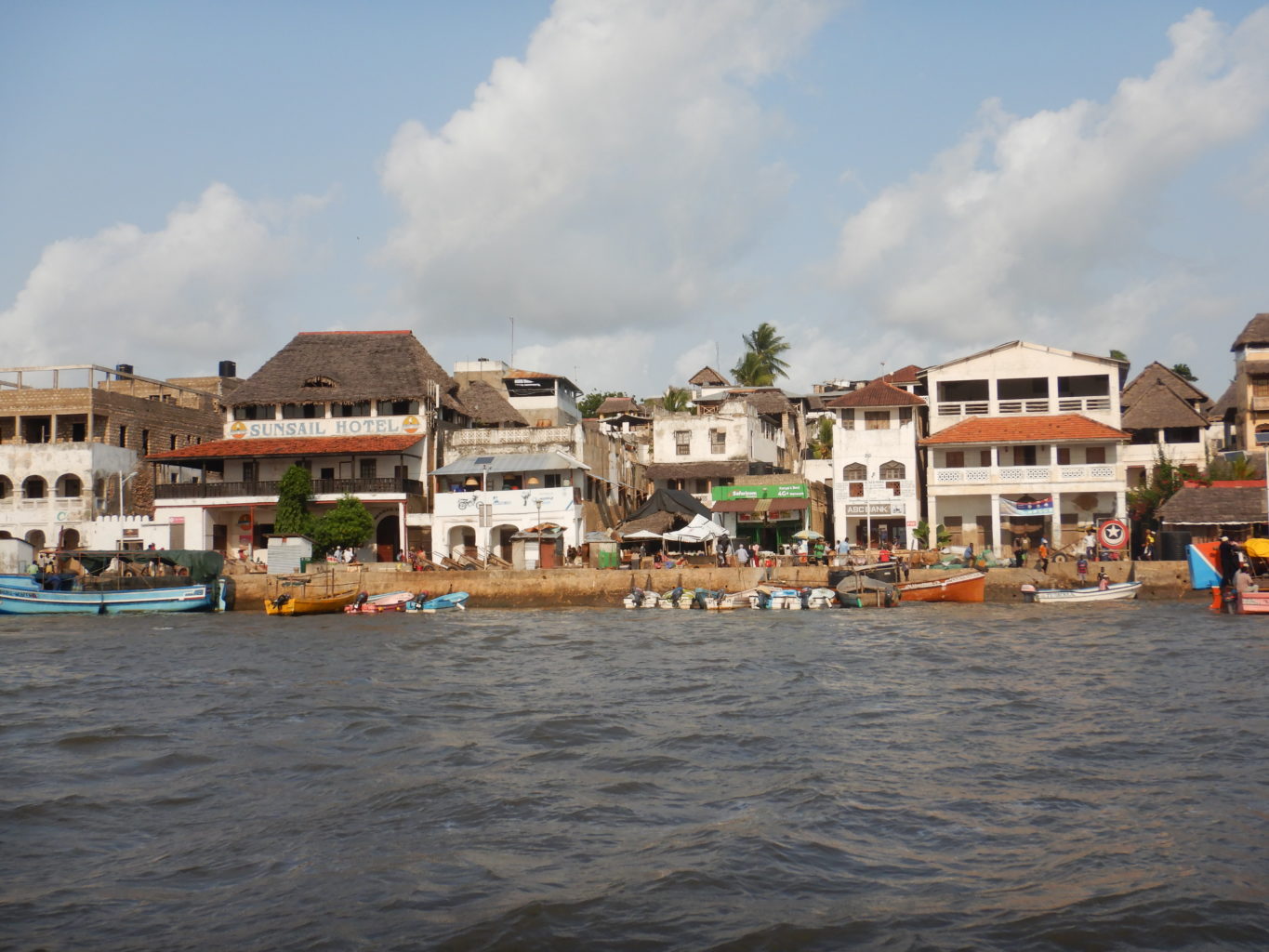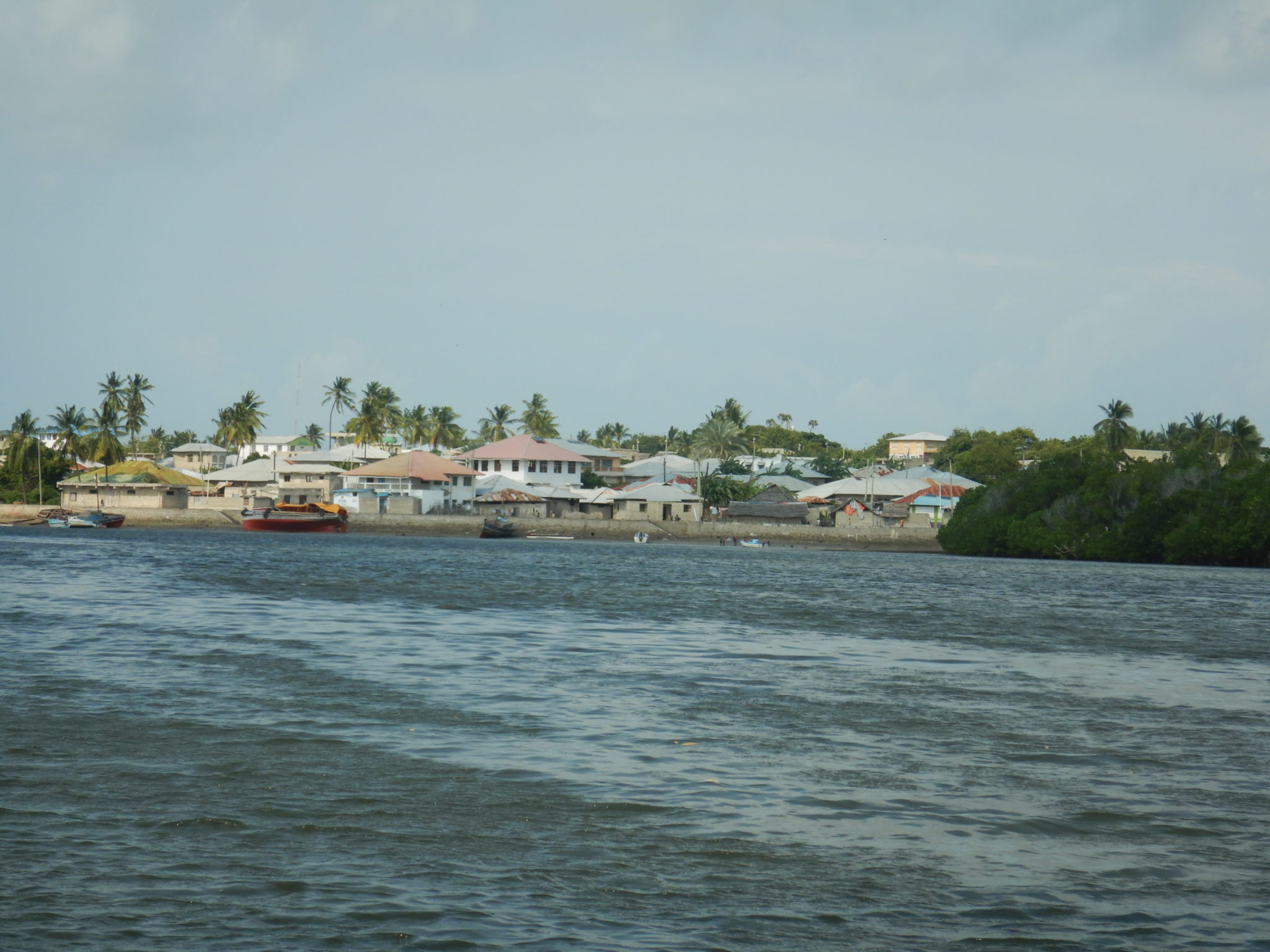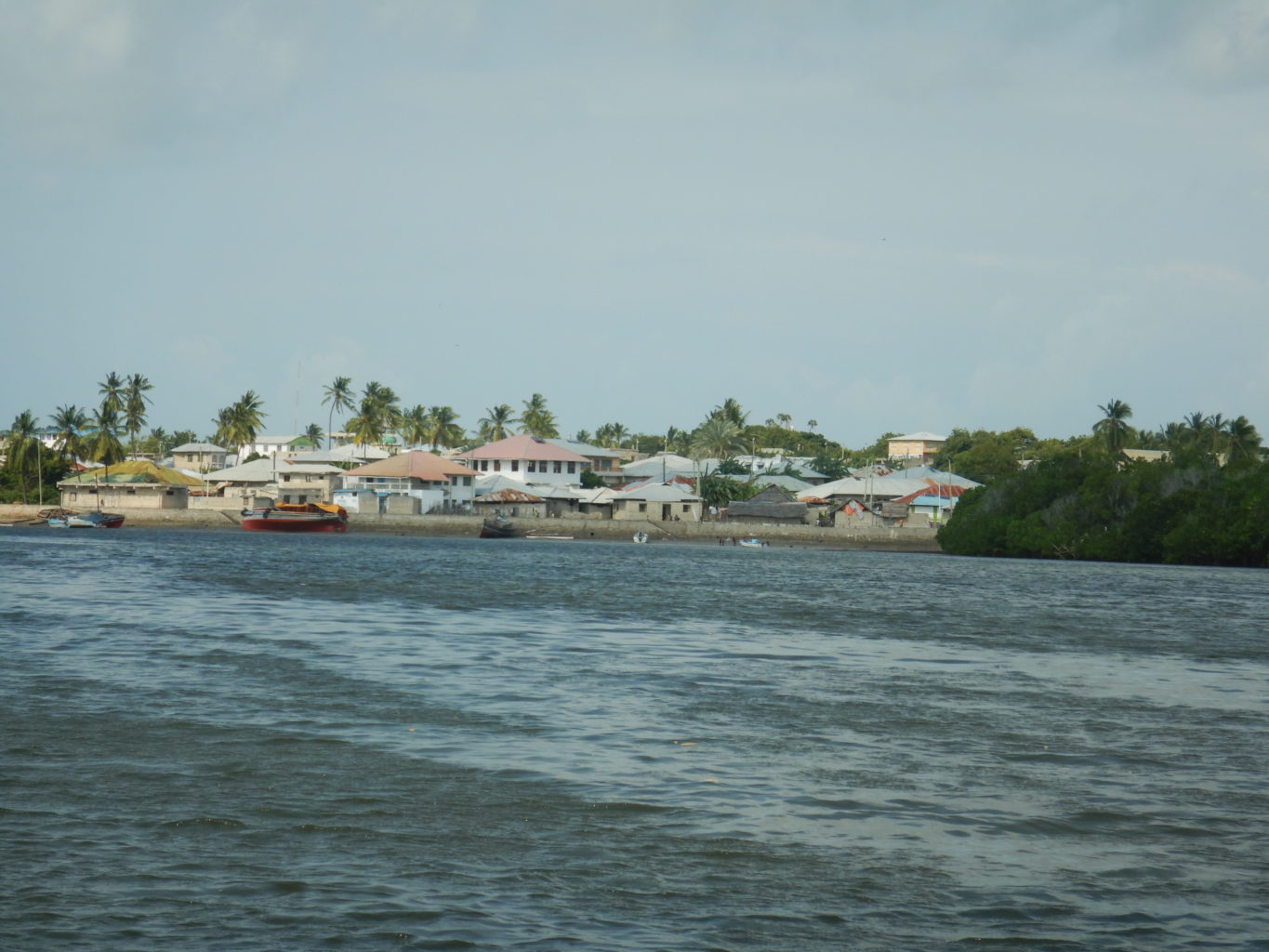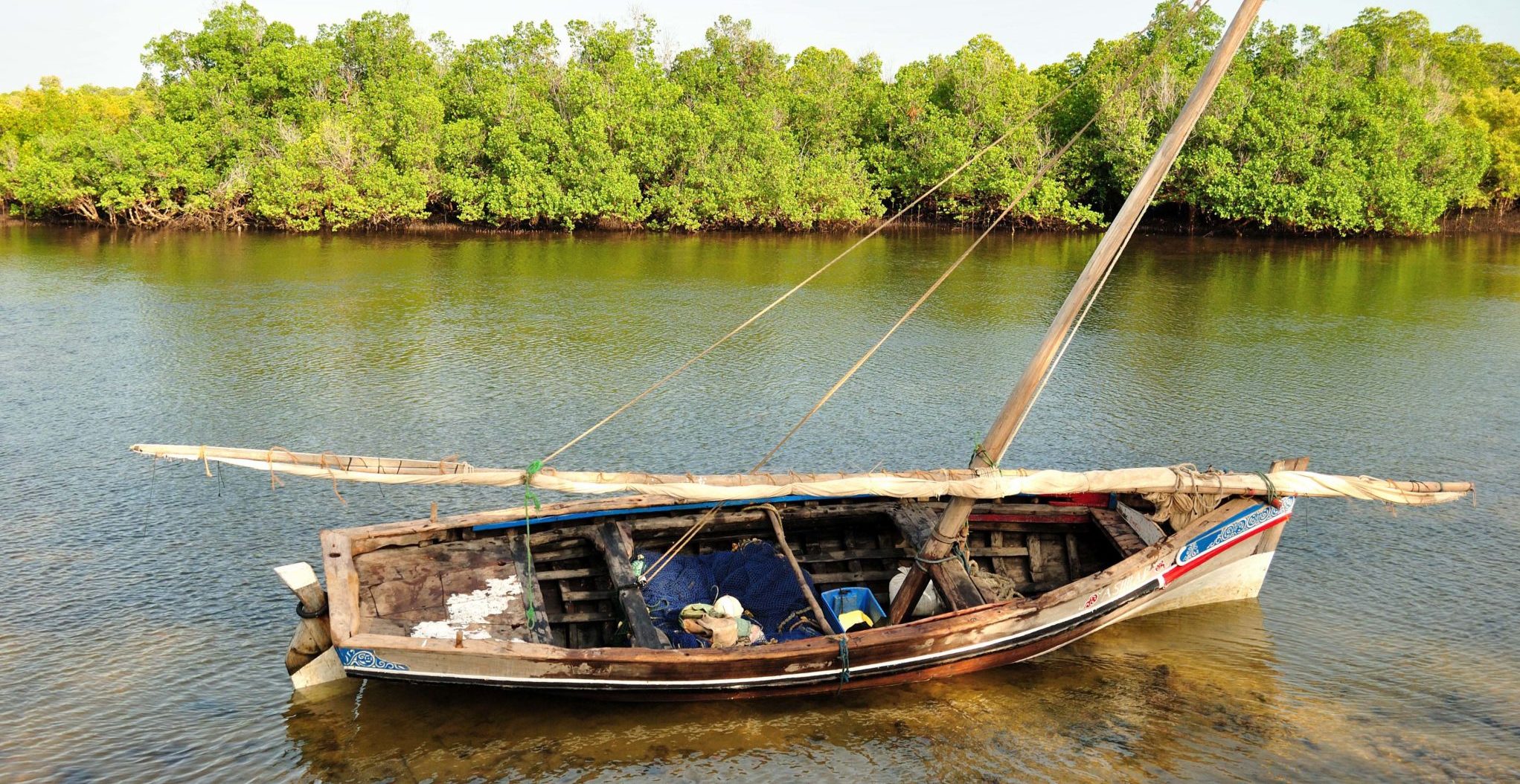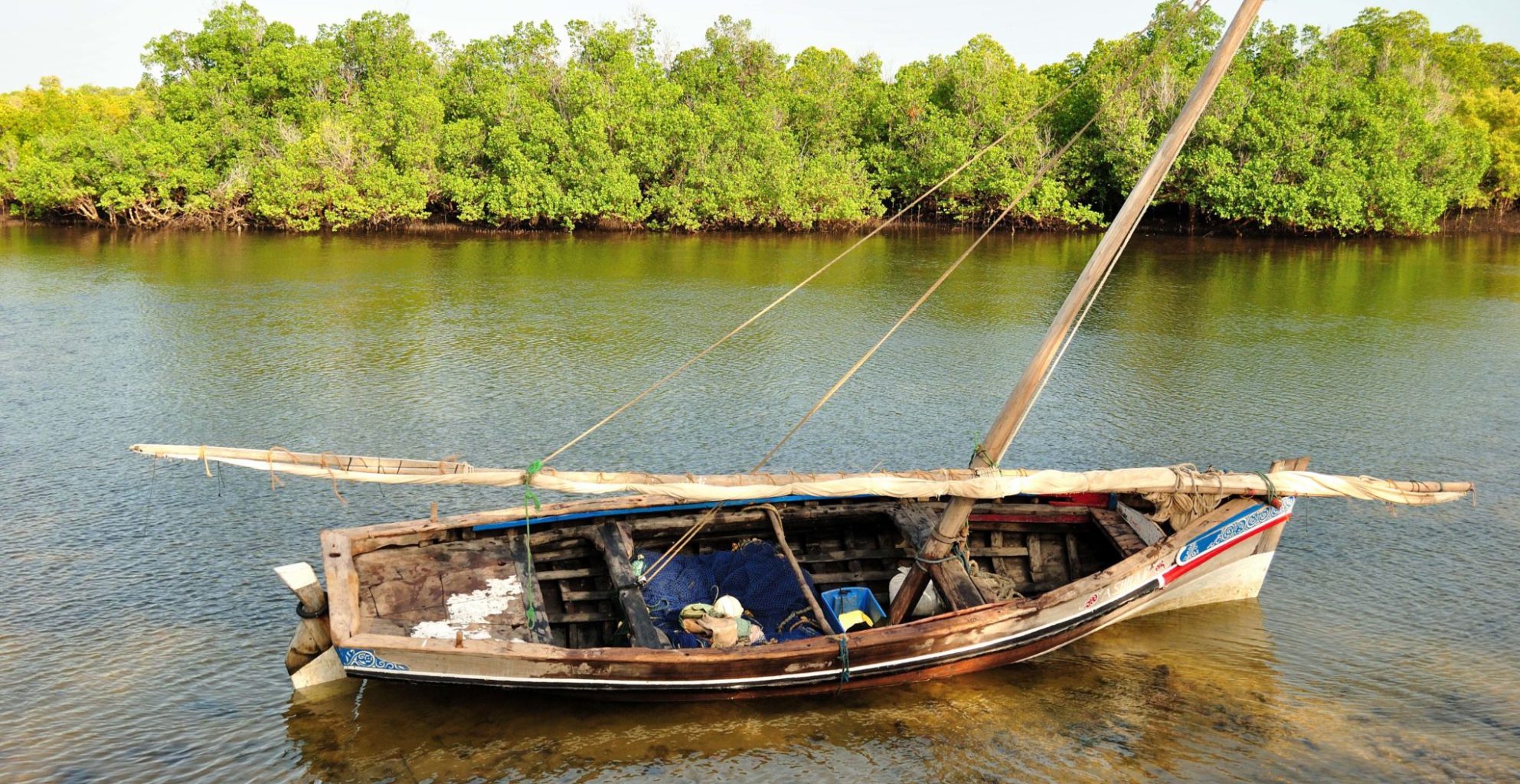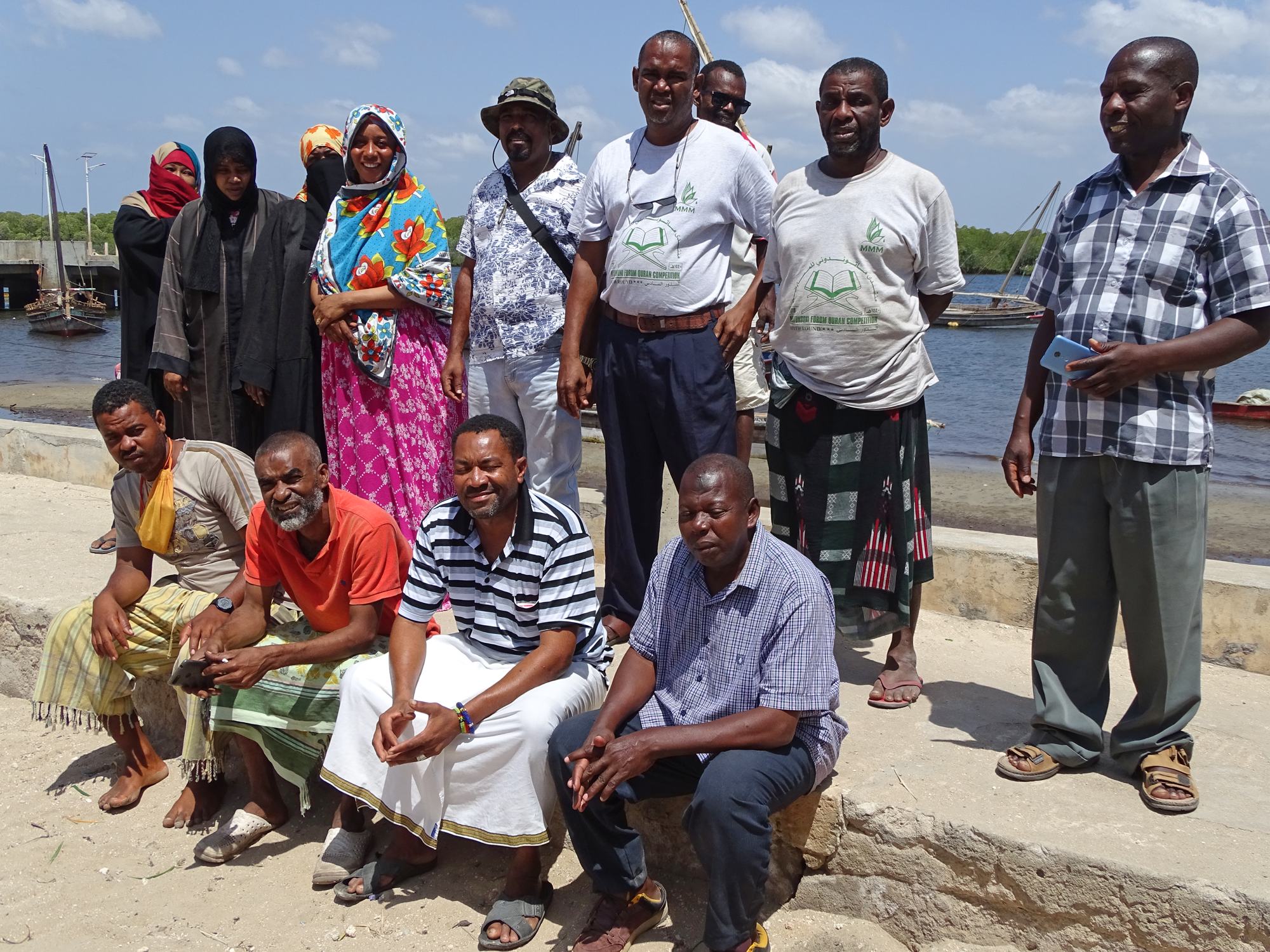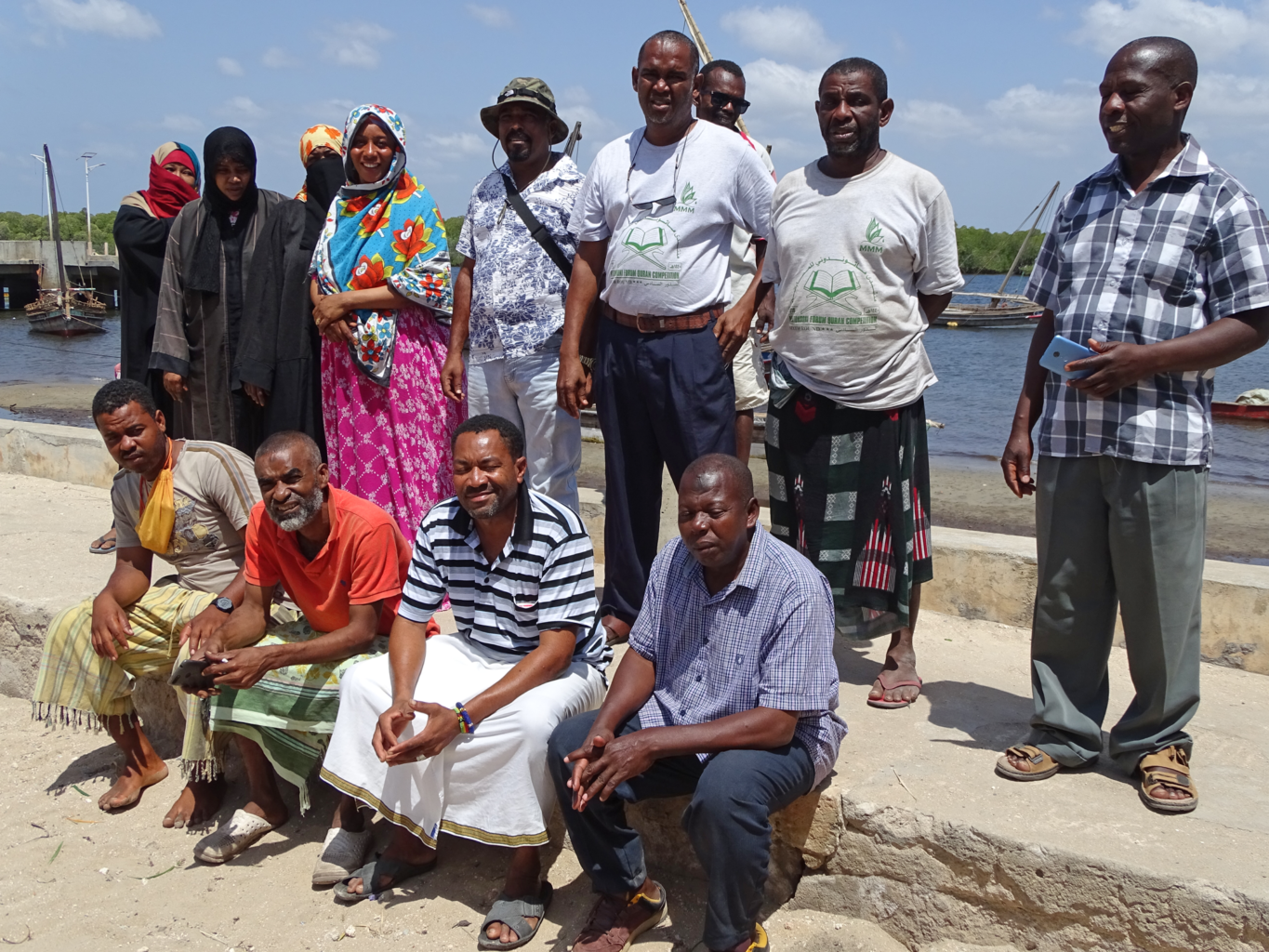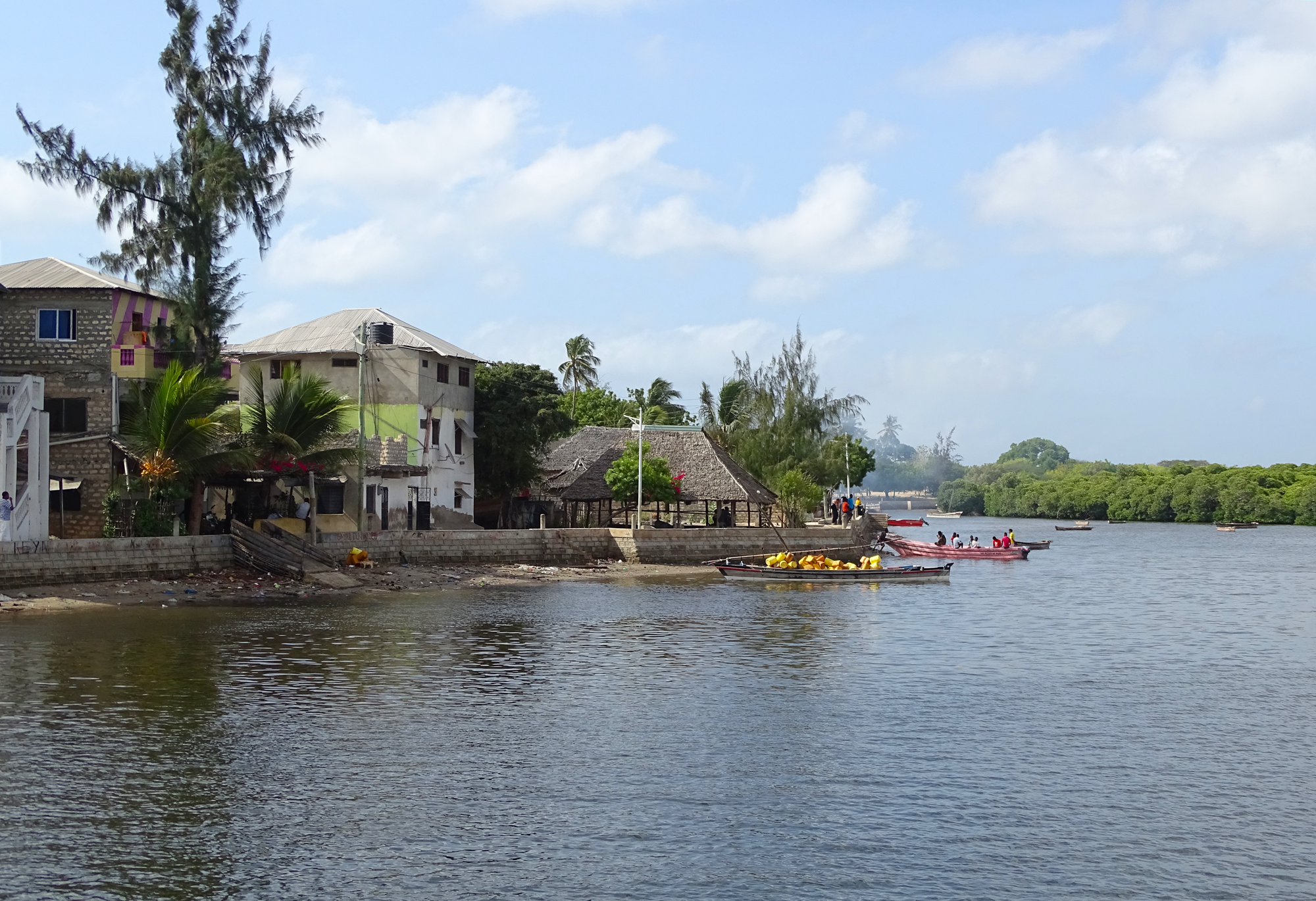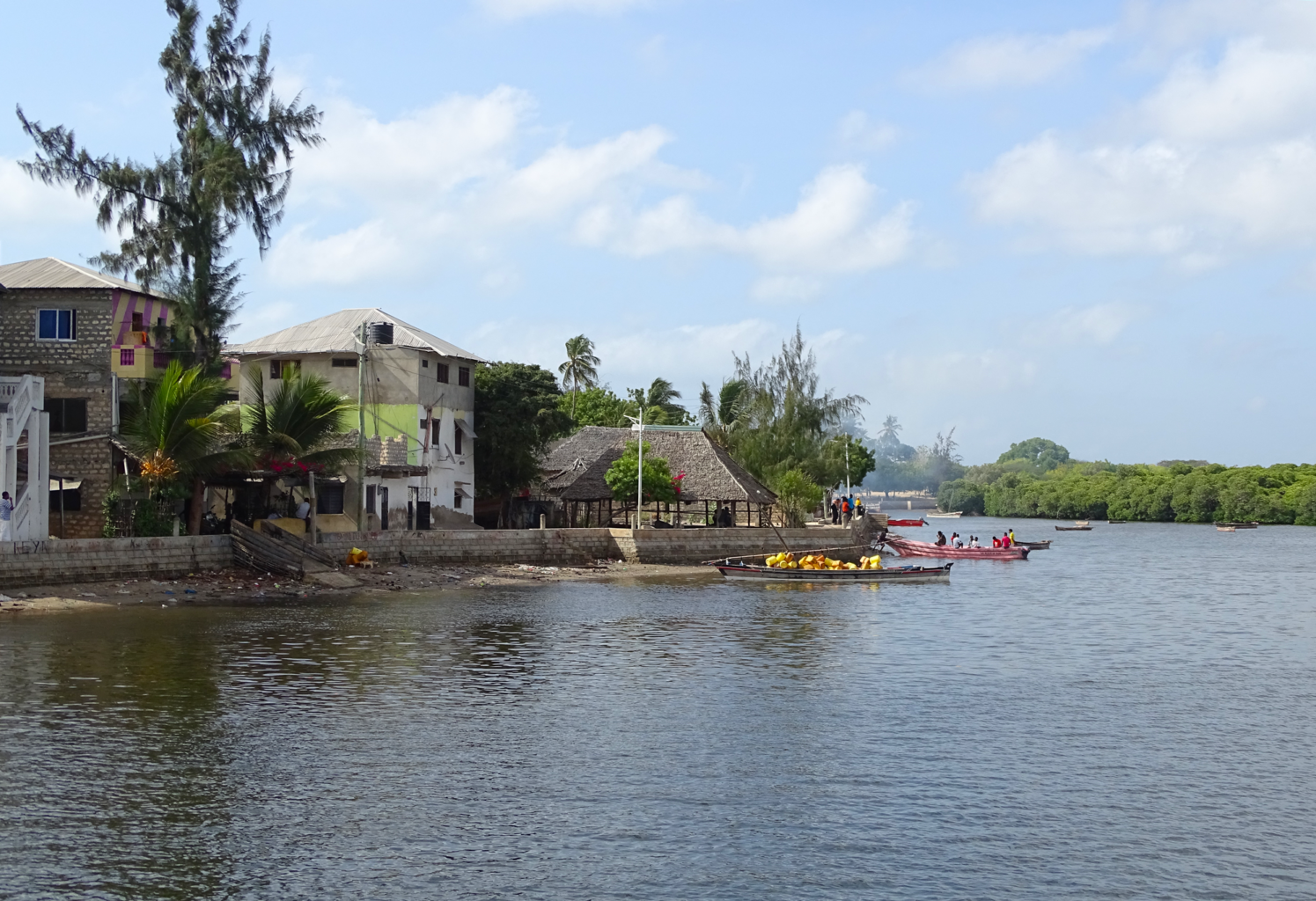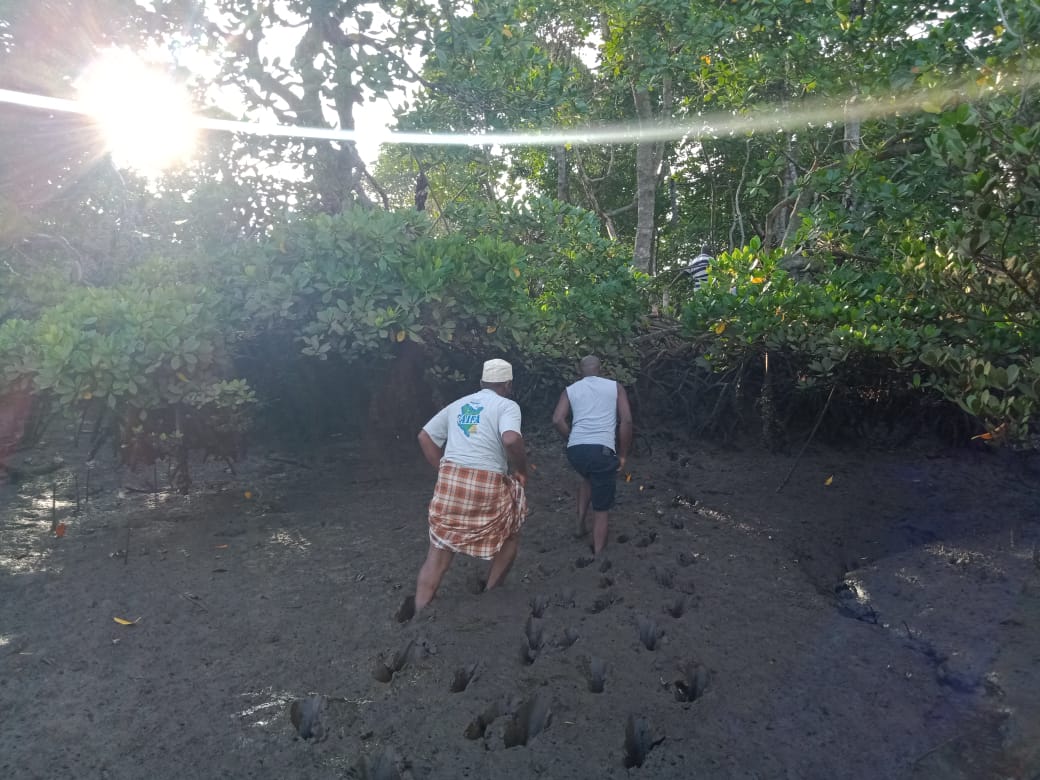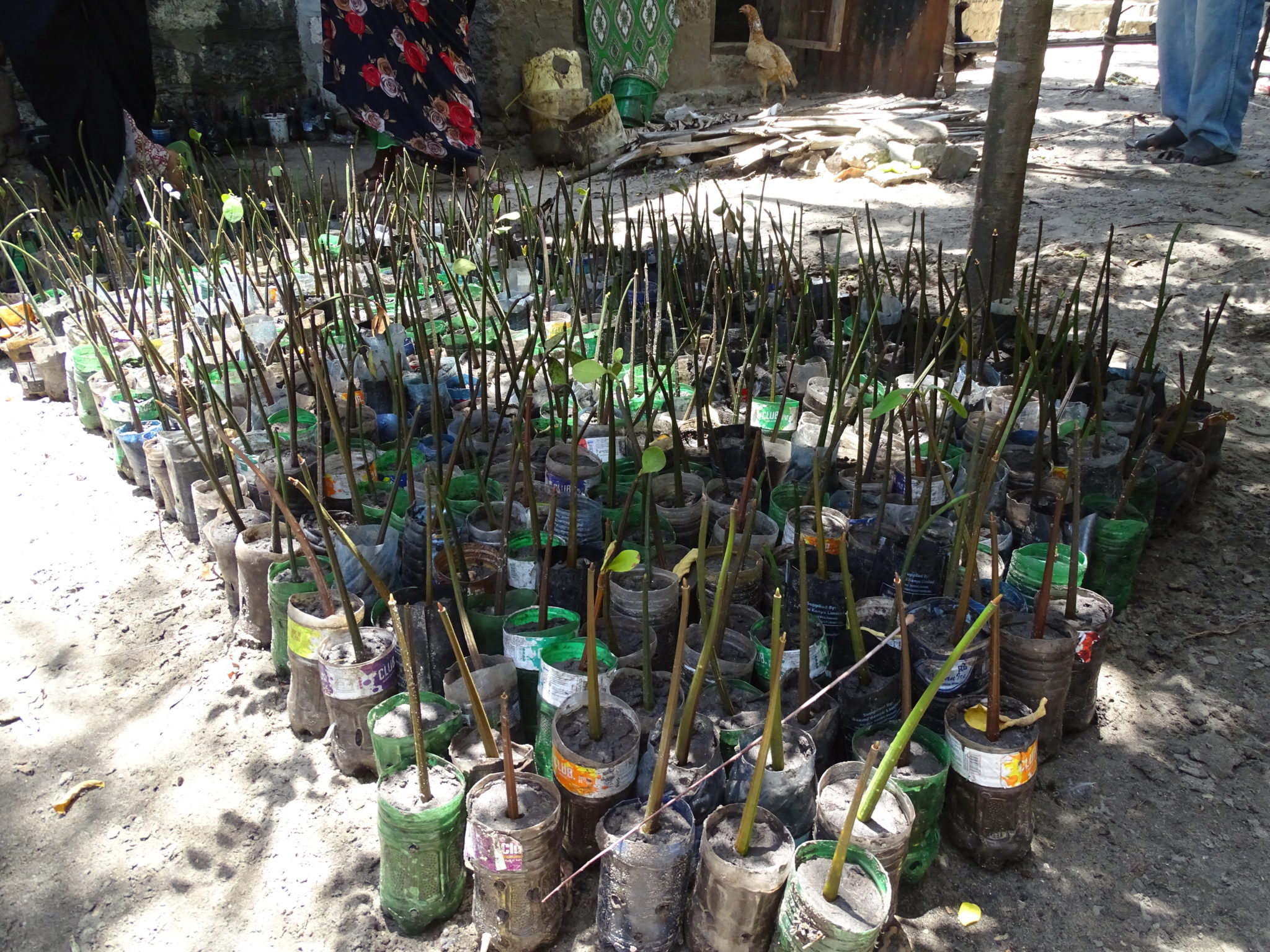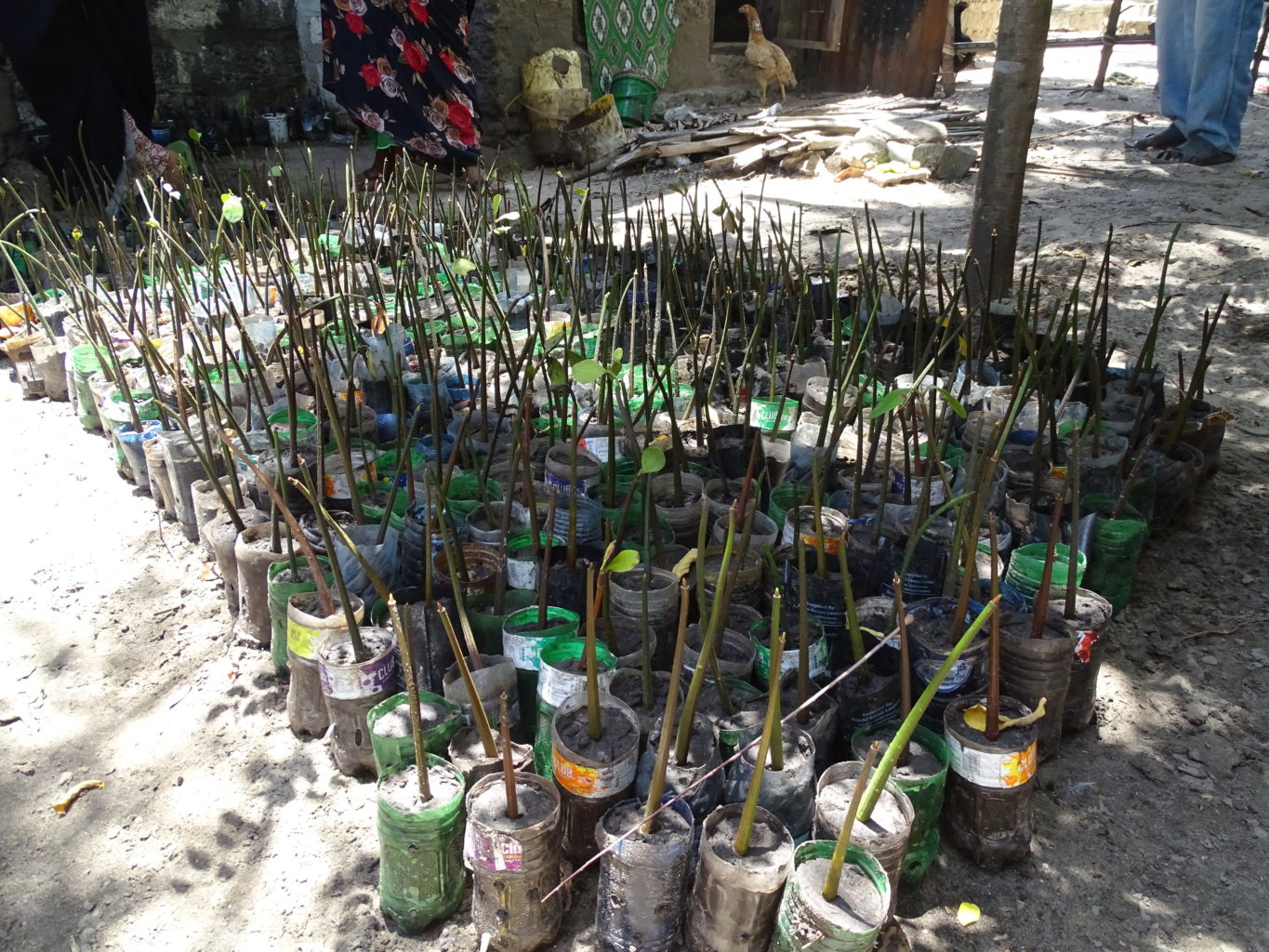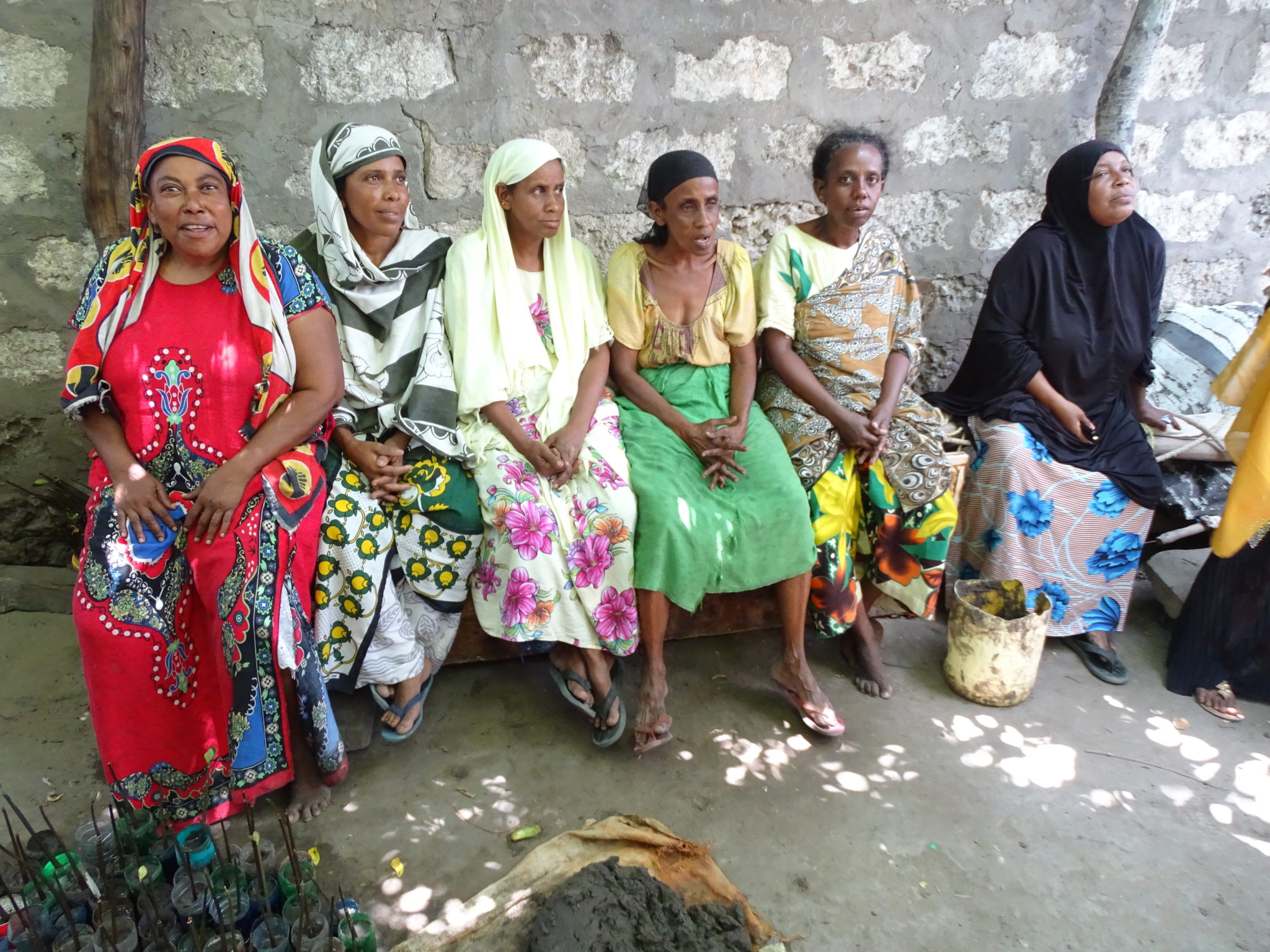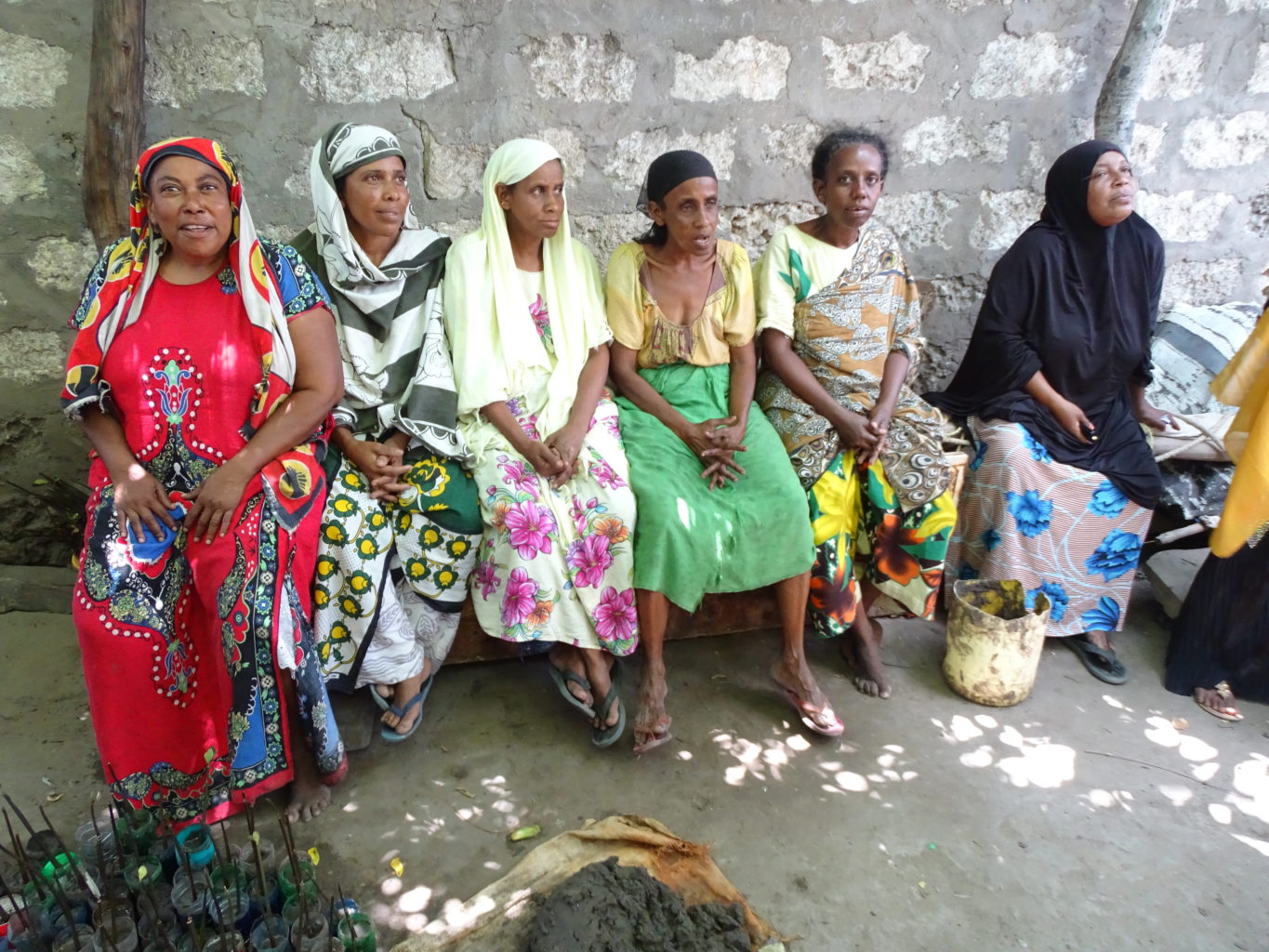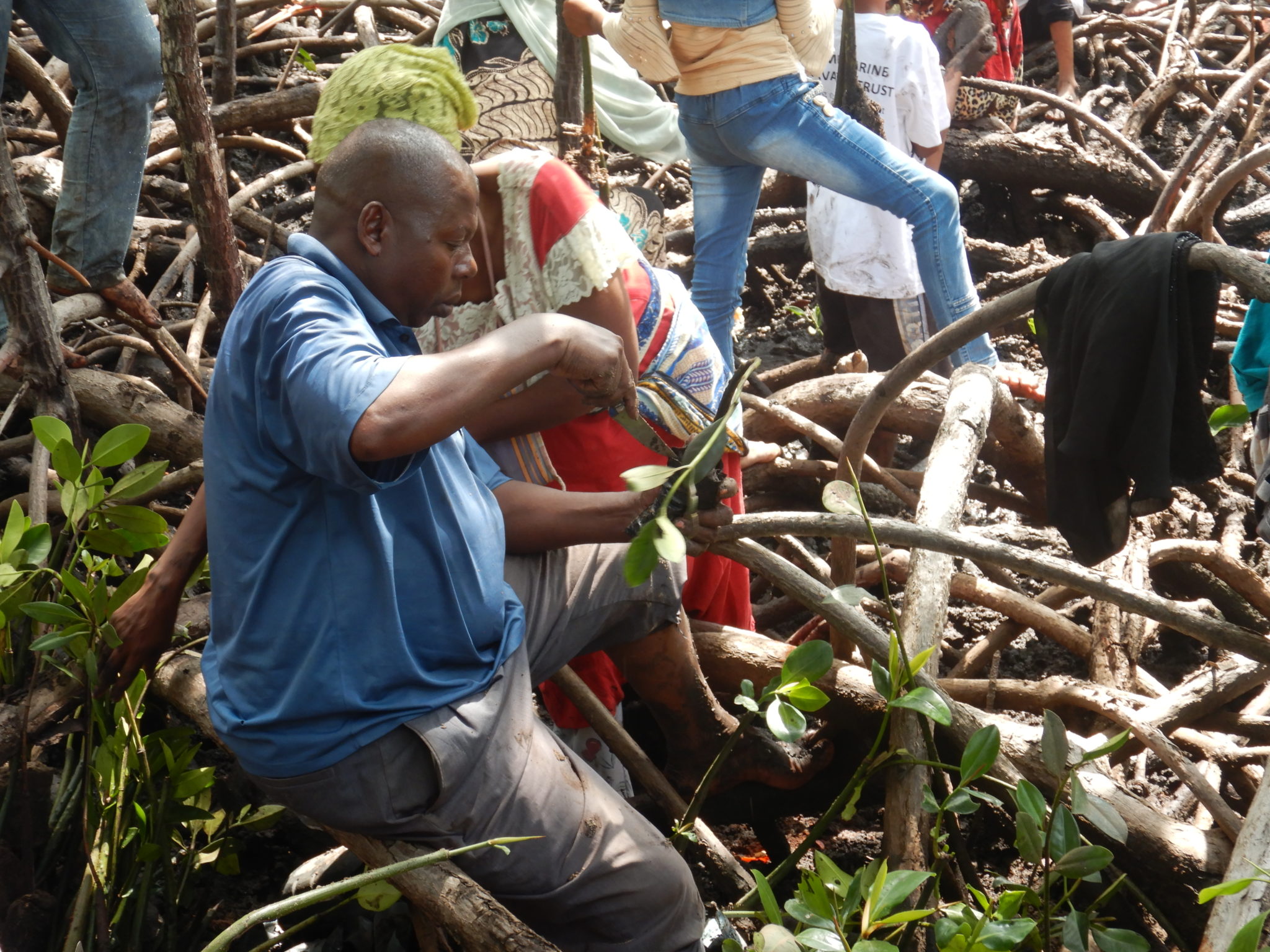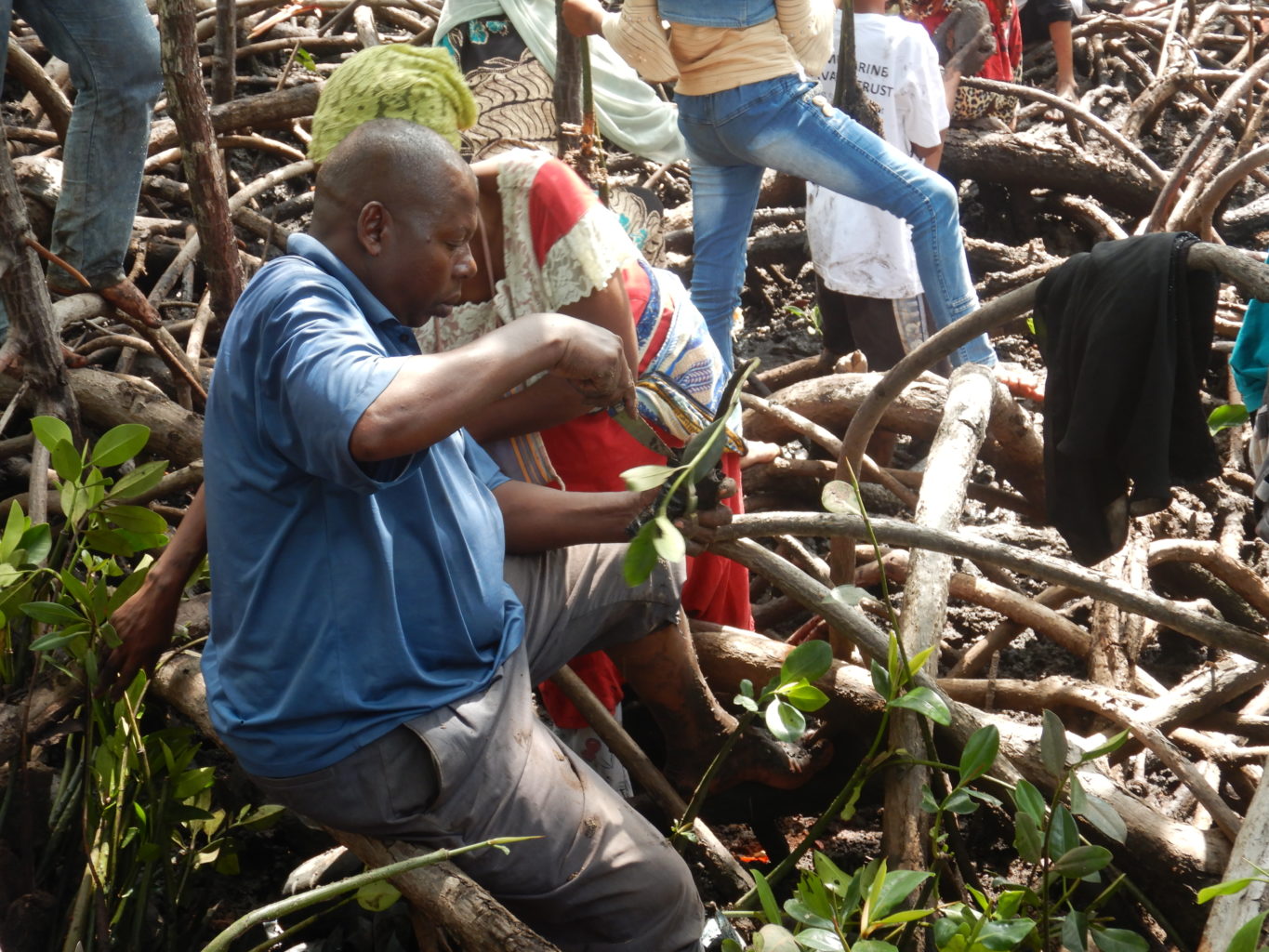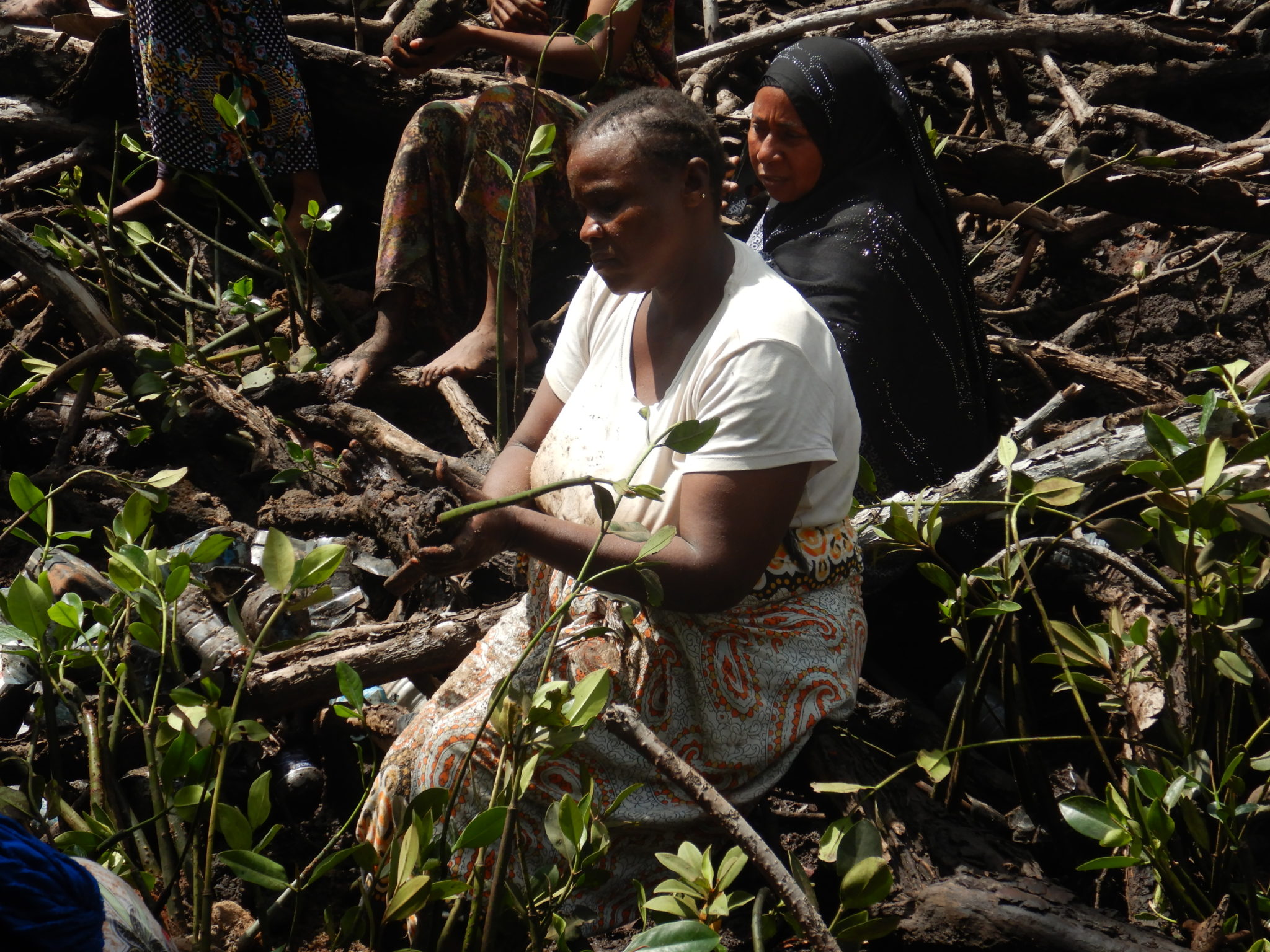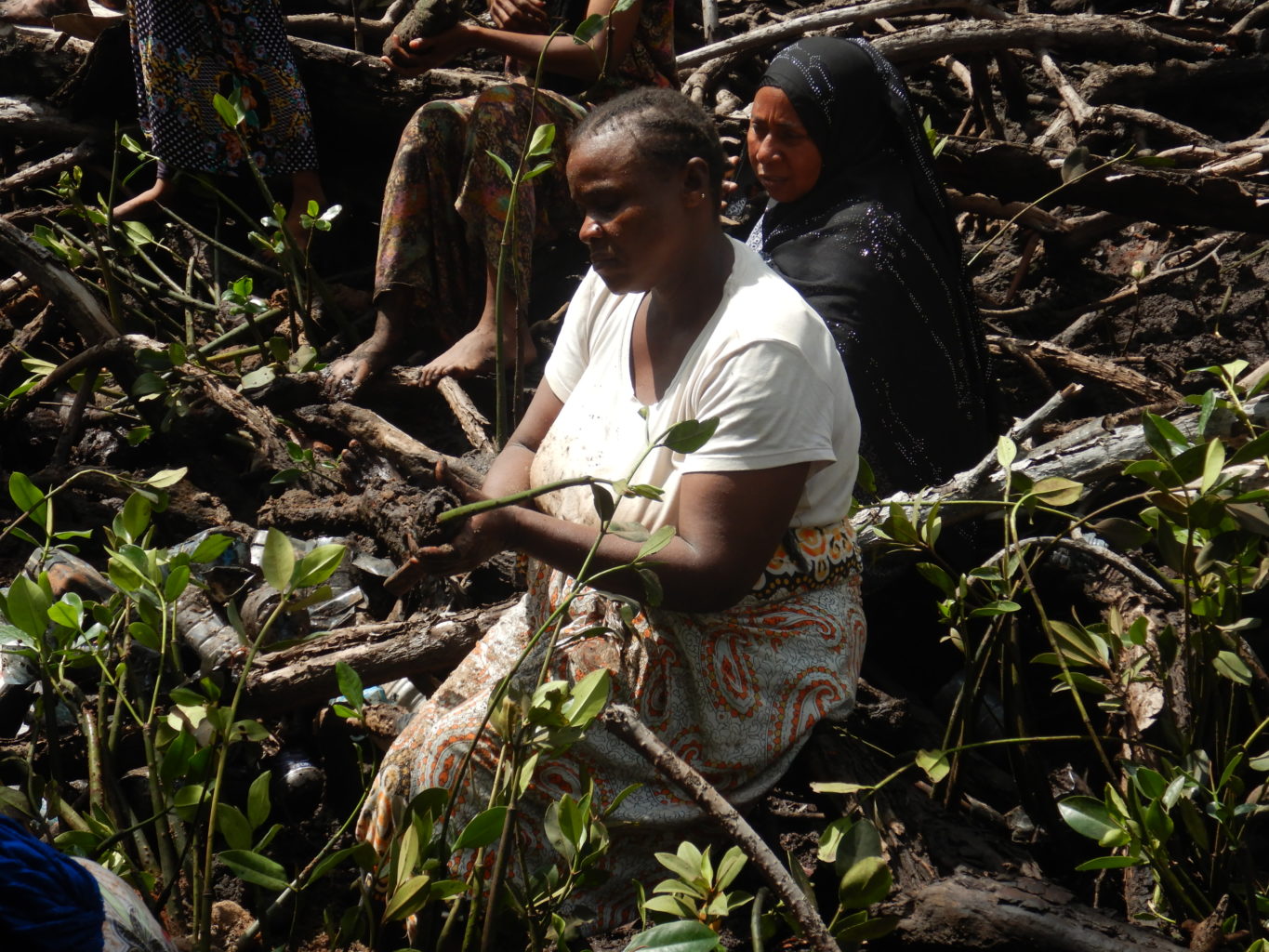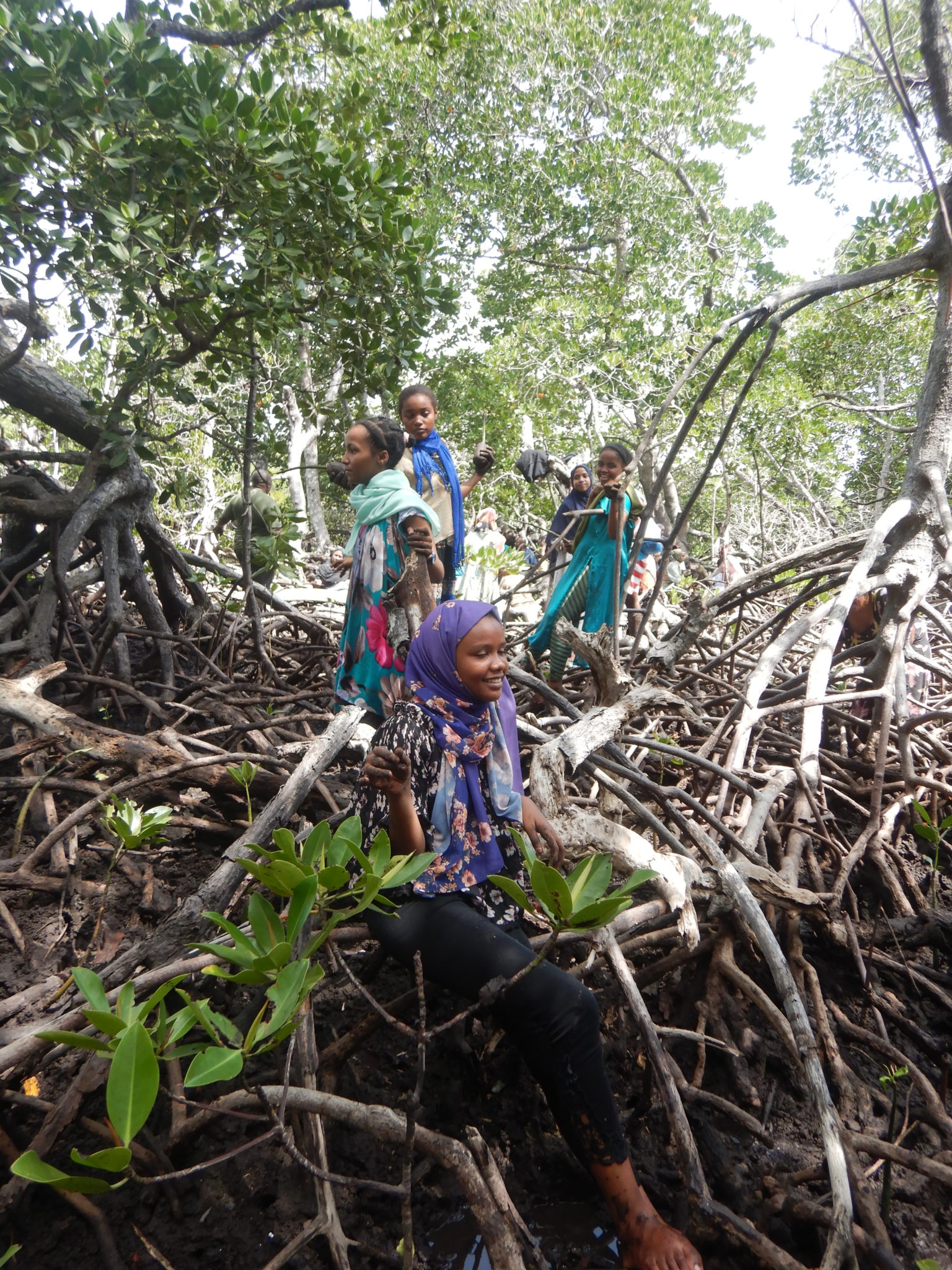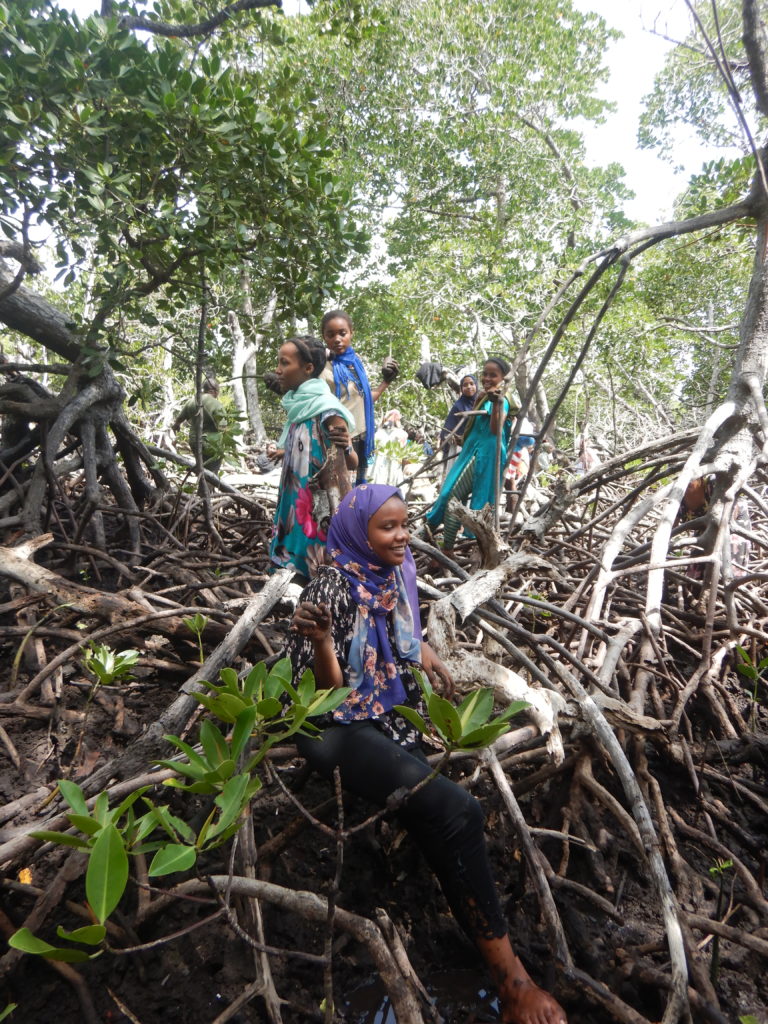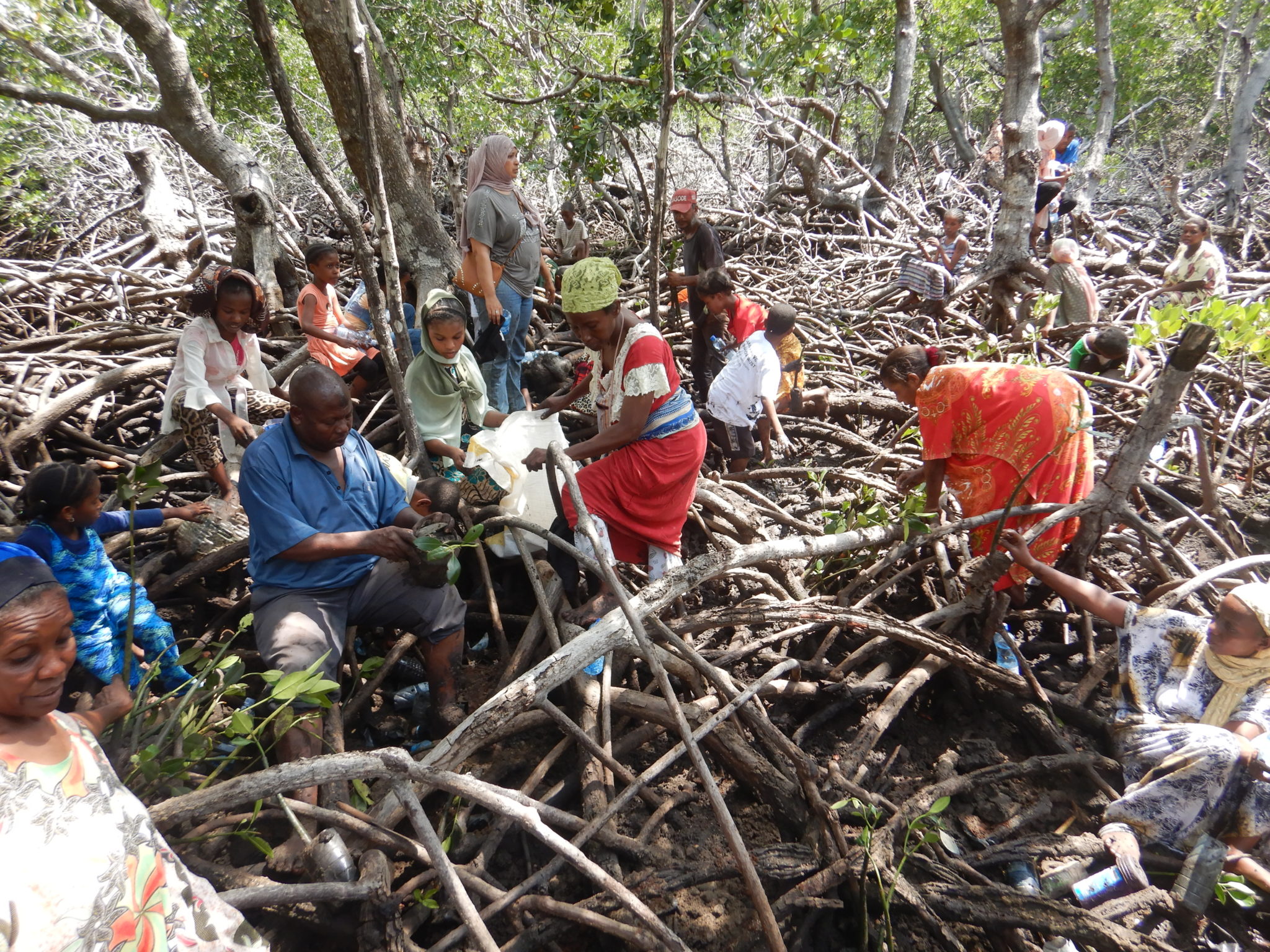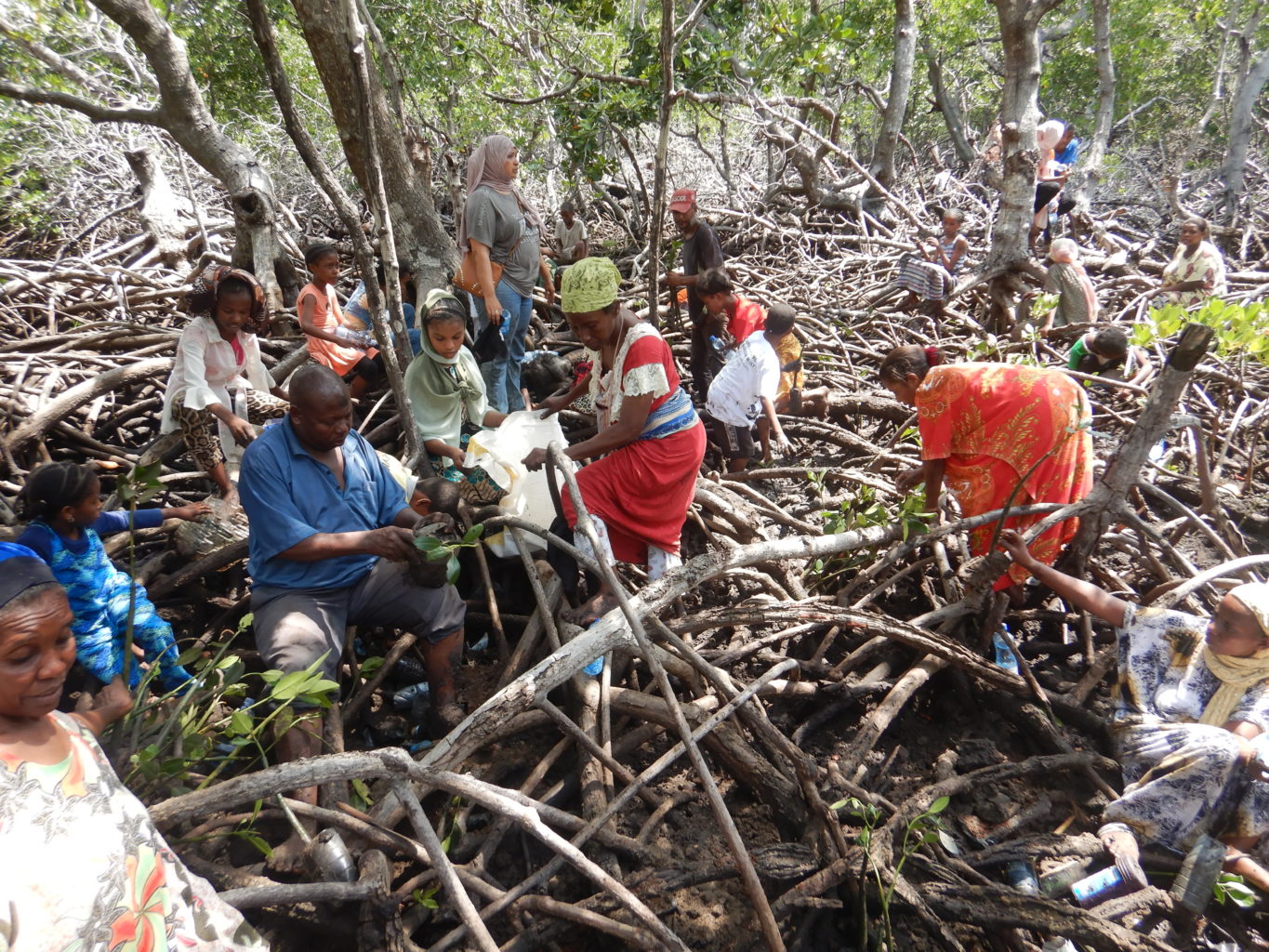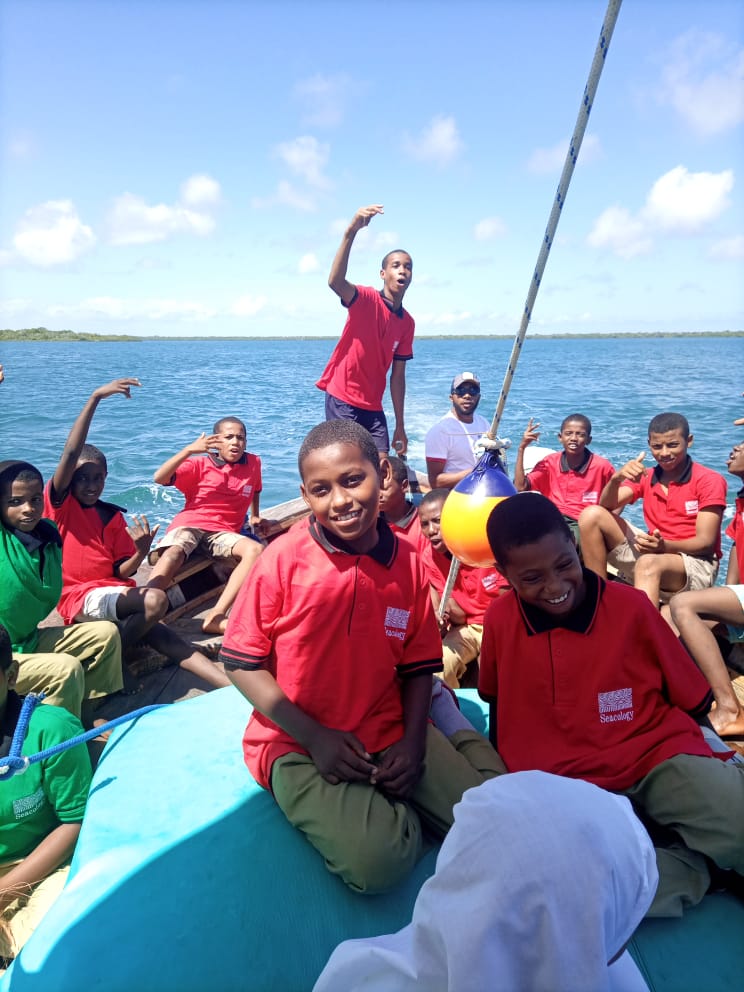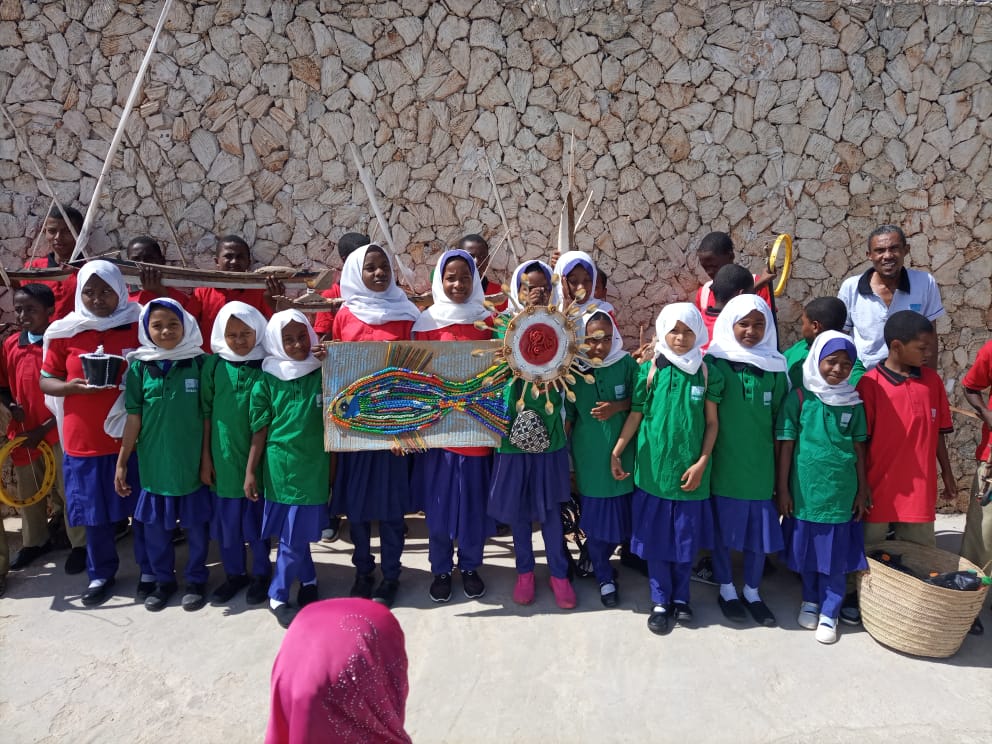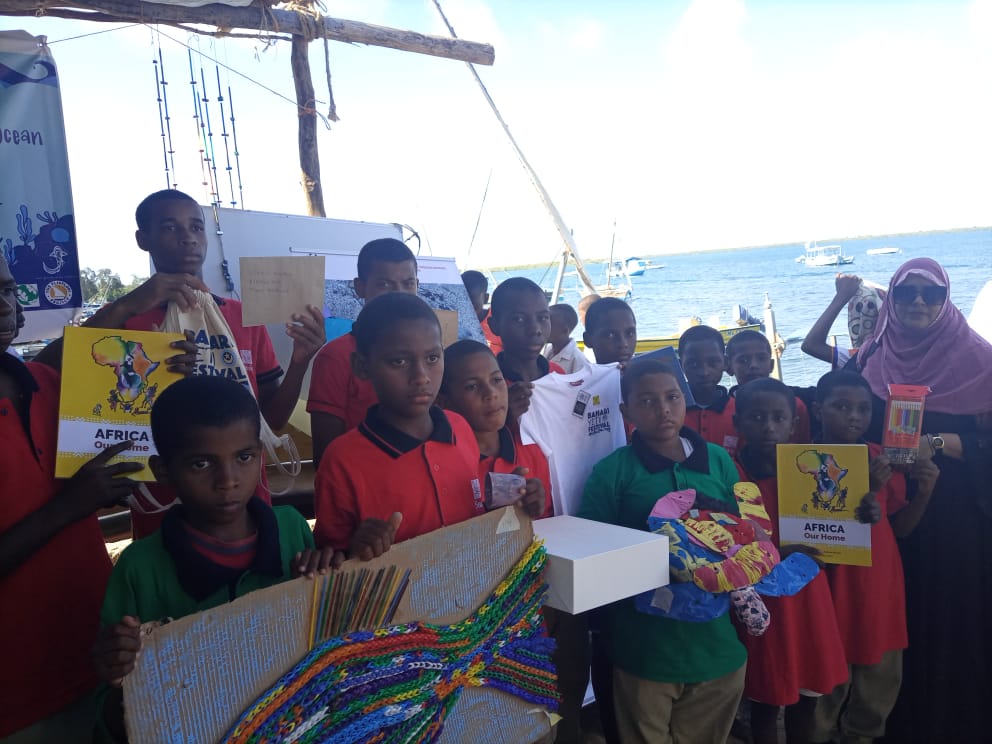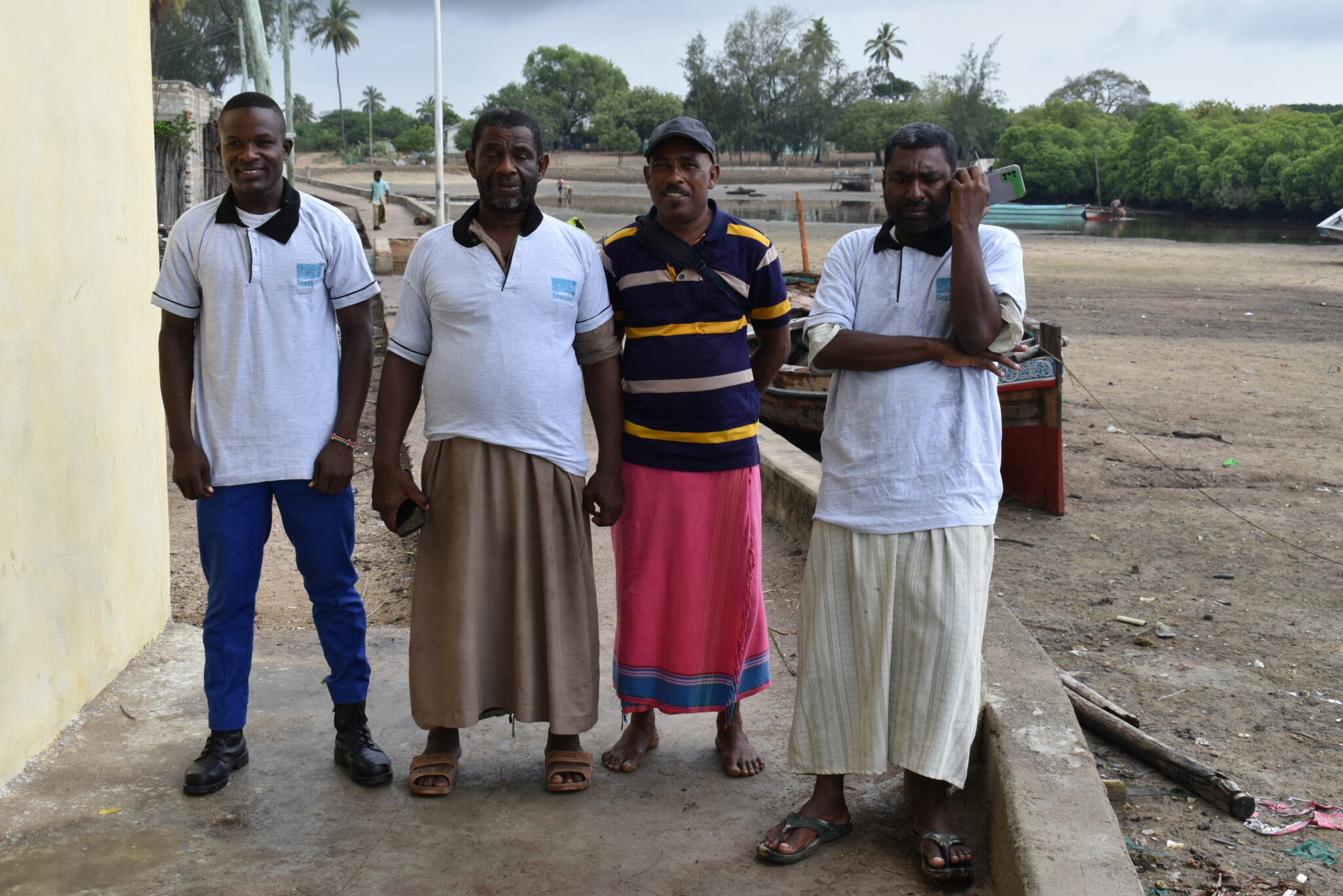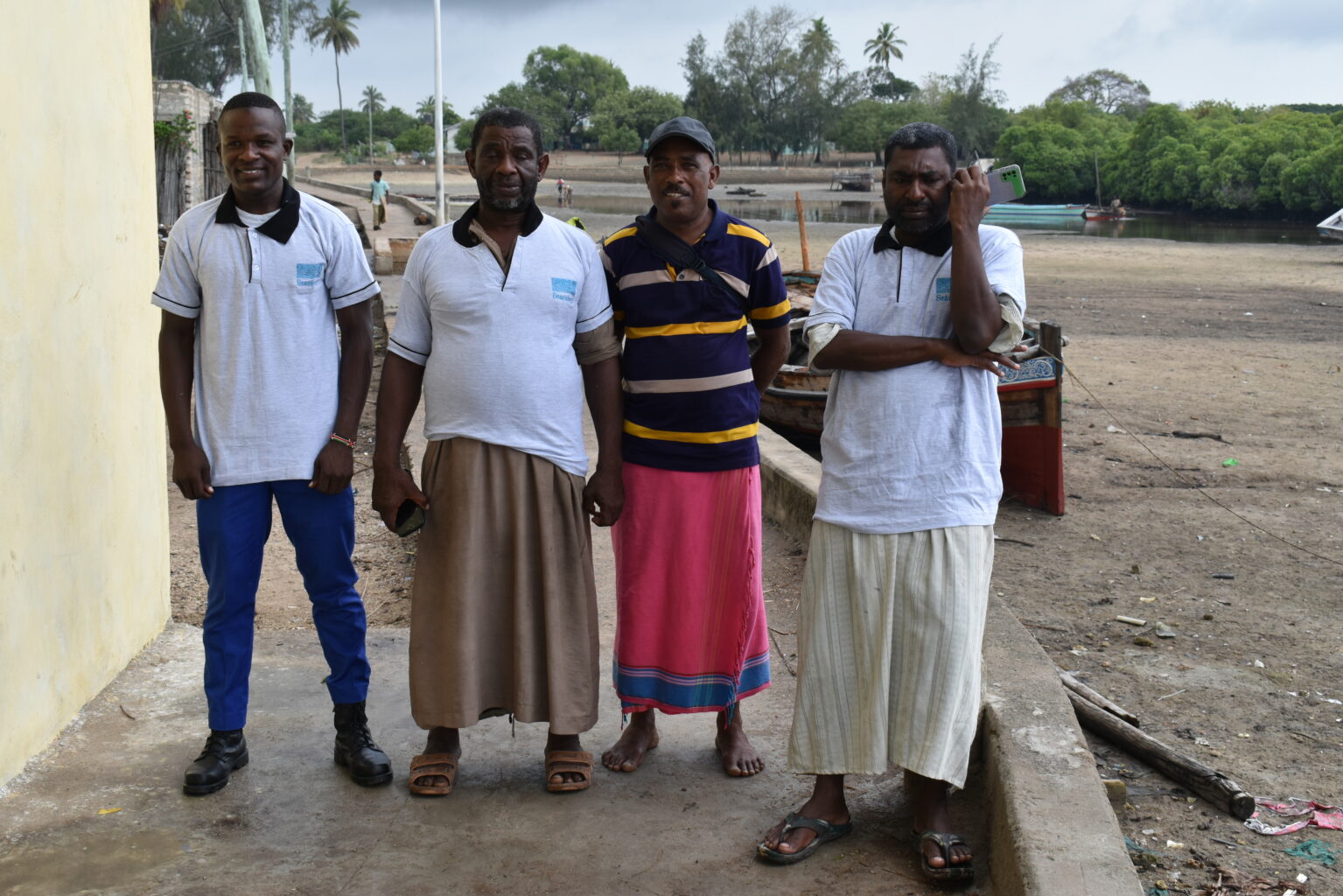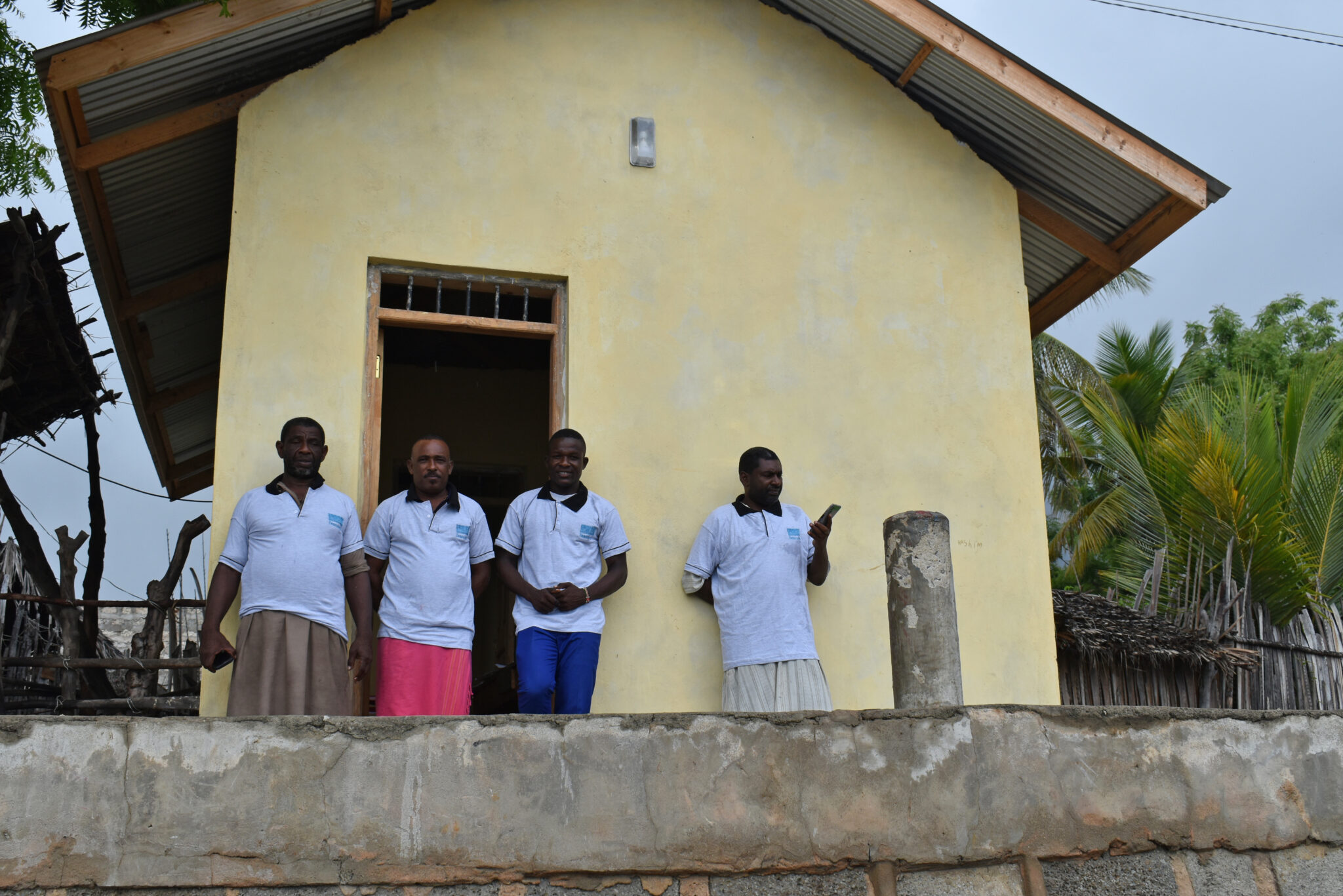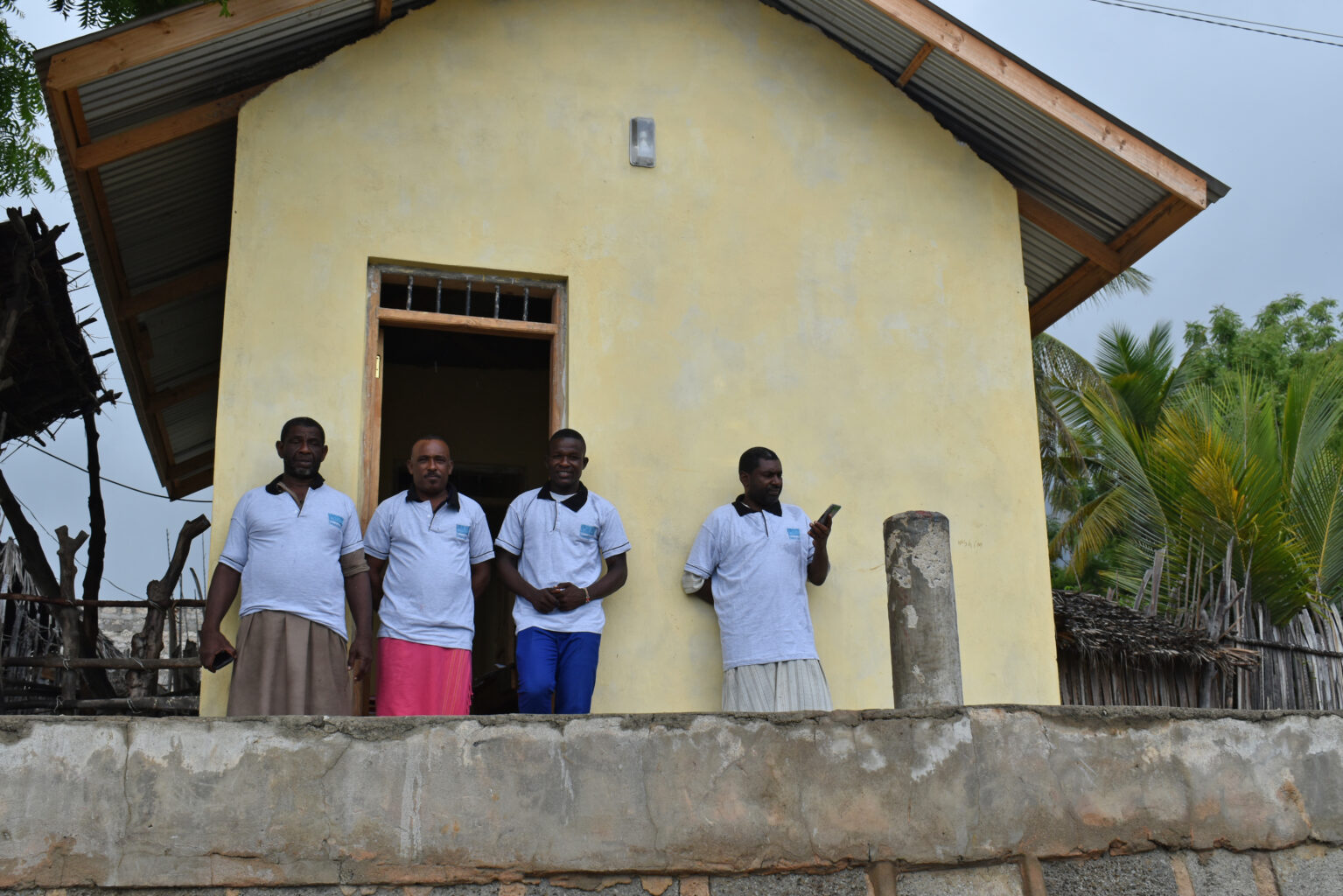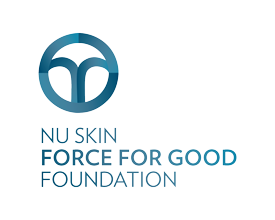Lamu Island lies in the Indian Ocean near Kenya’s border with Somalia. Founded in the 14th century, Lamu is the country’s oldest town and the best-preserved Swahili settlement in East Africa. A UNESCO World Heritage Site, the island is known for its biodiversity. Extensive seagrass beds, mangrove forests, and coral reefs create one of the richest fishing areas along the Kenyan coast. The entire Lamu Archipelago is remarkable for its extensive mangrove forests. They cover over 85,000 acres – about 70 percent of all of Kenya’s mangroves.
Lamu Island’s white sand beaches, historic buildings, and laid-back atmosphere make it an appealing tourist destination. The COVID-19 pandemic, however, hurt tourism. In the island’s smaller villages, residents depend more on fishing and farming. Many of them have limited access to clean water, health, or education.
Matondoni Village, population 3,000, is close to a 1,112-acre (450-hectare) mangrove forest that contains seven of Kenya’s nine mangrove species. It is threatened by illegal cutting, erosion, and improper waste disposal. People with few economic opportunities cut trees for firewood and construction materials. But community members know that they need healthy mangroves to have robust fish populations and protection from storms.
This project supports establishment of a Community Forest Association, which will work with the Kenya Forest Service to protect the forest. Community members will develop a plan for managing the mangrove forest and replanting degraded areas. An information campaign will stress the importance of mangroves.
Seacology is funding an office for Matondoni’s Beach Management Unit to improve its capacity to enforce conservation rules. An environmental education program will help engage youth in mangrove conservation and replanting. The community will also develop beekeeping as an alternative income source.


